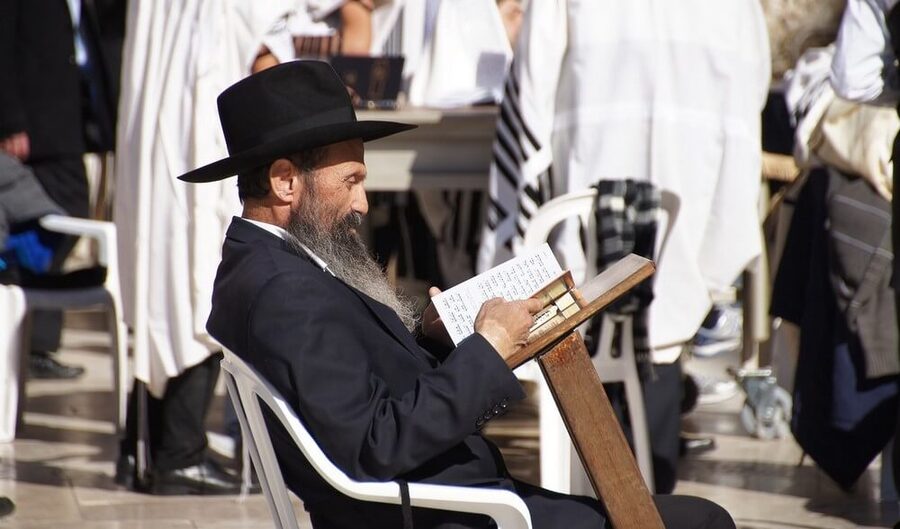
How the Hebrew Language Evolved Through History
The Hebrew language has a long and complex history that spans thousands of years. Originating in the ancient Near East, it has gone through several distinct stages, from its early use in religious texts to its revival as a modern spoken language. Today, Hebrew functions as the official language of Israel and is used in a wide range of contexts, from daily conversation to academic research. This article outlines the key phases in the evolution of Hebrew and highlights the historical developments that have shaped its transformation over time.
Ancient Hebrew: Origins and Early Use
The earliest known form of Hebrew emerged in the late second millennium BCE. It was originally spoken by the ancient Israelites and is considered a member of the Northwest Semitic group of languages, which also includes Phoenician and Aramaic.
The oldest examples of written Hebrew appear in inscriptions such as the Gezer Calendar (10th century BCE) and various ostraca (pottery fragments) found at archaeological sites in Israel. These early inscriptions show a language structurally similar to other Semitic tongues, using a proto-Canaanite script that would later evolve into the Paleo-Hebrew alphabet.
By the time of the composition of most of the Hebrew Bible (roughly 1000–500 BCE), Classical or Biblical Hebrew had taken shape. This form of the language was rich in verb forms, wordplay, and poetic constructions, serving as the medium for one of the most influential religious texts in human history.
Hebrew in the Post-Biblical Period
Following the Babylonian exile (6th century BCE), Hebrew began to decline as a spoken language. Aramaic, a closely related Semitic language, became the lingua franca of much of the Near East, including among Jewish communities. Although Hebrew remained in use for religious, legal, and literary purposes, it was gradually replaced in daily life.
By the time of the Second Temple period (516 BCE–70 CE), many Jews were bilingual, speaking Aramaic or Greek in daily life while preserving Hebrew for religious functions. During this period, new forms of Hebrew emerged, including Late Biblical Hebrew and Mishnaic Hebrew (also known as Rabbinic Hebrew). The latter, used in the Mishnah (compiled around 200 CE), included numerous Aramaic influences and was no longer fully representative of the spoken language of the time.
Medieval Hebrew: A Written Tradition
Throughout the Middle Ages, Hebrew was maintained as a written and scholarly language. It remained central to Jewish education, liturgy, and legal discourse. Jewish scholars used Hebrew to write religious commentaries, philosophy, poetry, and scientific works.
Notable figures such as Maimonides and Judah Halevi contributed to a rich medieval Hebrew literary tradition. Although Hebrew was not widely spoken during this period, it served as a unifying language for Jews dispersed across Europe, North Africa, and the Middle East.
This period also saw the gradual standardization of the Masoretic Text — the authoritative version of the Hebrew Bible — complete with vowel markings and cantillation notes, ensuring consistent pronunciation and interpretation of the sacred texts.
The Revival of Hebrew as a Spoken Language
The transformation of Hebrew from a liturgical and literary language back into a spoken vernacular is one of the most remarkable developments in linguistic history. In the late 19th and early 20th centuries, during the rise of Jewish nationalism and the Zionist movement, efforts to revive Hebrew gained momentum.
A central figure in this revival was Eliezer Ben-Yehuda, who believed that a modern Jewish nation required a common language rooted in its historical and cultural identity. He actively promoted Hebrew as a spoken language, creating new words to suit modern life and encouraging its use in homes, schools, and workplaces.
With the establishment of Hebrew-speaking schools, newspapers, and institutions in Mandatory Palestine, Hebrew gradually replaced Yiddish and other diaspora languages. By the time the State of Israel was founded in 1948, Modern Hebrew was already functioning as a living national language.
Modern Hebrew
Modern Hebrew, or Ivrit, is the standard language spoken in Israel today. It has evolved to include new vocabulary, simplified grammar, and influence from other languages such as Arabic, English, Russian, and Yiddish. While the core structure remains Semitic, the spoken form of Modern Hebrew differs significantly from Biblical Hebrew in terms of pronunciation, syntax, and everyday usage.
Hebrew is now taught worldwide in both religious and secular contexts, and it serves not only as a national language but also as a symbol of cultural continuity. It is used in government, media, education, and technology, demonstrating its adaptability in a fast-changing world.
The story of Hebrew’s evolution spans thousands of years and reflects broader patterns of cultural change, religious identity, and national revival. From its origins as a language of ancient tribes to its status today as the official language of a modern state, Hebrew illustrates how languages can endure, transform, and be reborn.







